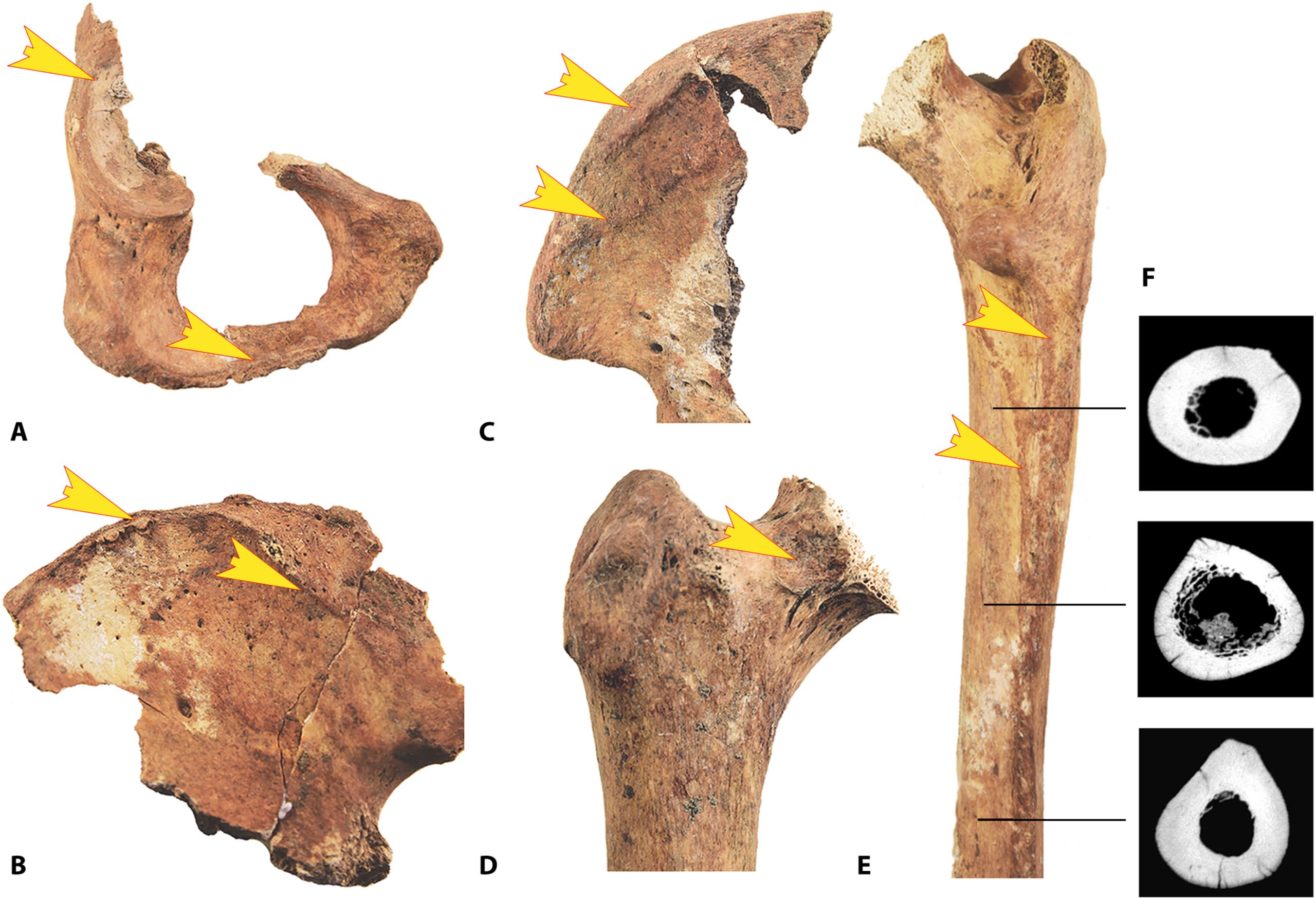
Archaeologists have discovered evidence of the earliest known instance of horseback riding. This evidence, which would change history, was found in human remains that are 5,000 years old and were unearthed in central Europe.
This important discovery was made when researchers examined over 200 skeletal remains from the Bronze Age that are housed in museums throughout Bulgaria, Poland, Romania, Hungary, and the Czech Republic.
David Anthony, an archaeologist at Hartwick College and co-author of the study, stated that riding a horse at high speeds is a thrilling experience enjoyed by humans for thousands of years. He suggests that our ancient ancestors likely shared the same excitement when they rode horses.
Anthony also noted that horseback riding was the fastest mode of transportation available to humans before the advent of railroads.
Obvious signs of horseback riding

The experts looked for six distinctive signs that would indicate that a person was likely to have ridden on horseback. These markers include specific wear patterns on the hip sockets, thigh bone, and pelvis.
Martin Trautmann, an anthropologist from the University of Helsinki and co-author of the study, referred to these markers as “horse rider syndrome.” This discovery sheds new light on the ancient history of horsemanship and its impact on human civilization.
Trautmann had previously studied wear patterns in skeletons from later periods when horseback riding was more common and well-documented in historical records. He stated, “You can read bones like biographies.”
Bronze Age people were likely to be riders
The research team concentrated on analyzing human skeletons rather than horse bones, as the former are generally better preserved in burial sites and museums.
They identified five individuals who were likely to have been horseback riders and belonged to a Bronze Age group known as the Yamnaya. These riders lived approximately 4,500 to 5,000 years ago.
Alan Outram, an archaeologist at the University of Exeter who was not involved in the study, lauded the researchers for their innovative approach.
Outram noted that while there is evidence of horse harnessing and milking that predates this discovery, it is the earliest direct evidence of horseback riding that has been found to date.
Domesticating wild horses
The researchers have pointed out that the domestication of wild horses on the Eurasian plains was a gradual process rather than a single event.
Archaeologists had previously discovered evidence of horse domestication, including the consumption of horse milk indicated in dental remains, and the presence of harnesses and bits dating back over 5,000 years. However, these findings do not necessarily confirm that horses were ridden during this time.
The Yamnaya culture, known for its distinct burial mounds, originally emerged in the Pontic Caspian steppe – an area that is now part of Ukraine and western Russia.
See all the latest news from Greece and the world at Greekreporter.com. Contact our newsroom to report an update or send your story, photos and videos. Follow GR on Google News and subscribe here to our daily email!



